All Nippon Airways (ANA) and Japan Airlines (JAL) have partnered with major Indian airlines to address the growing travel demand between Japan and India. This collaboration aims to tap into India’s vast market, home to over 1.4 billion people, experiencing substantial economic growth.
To enhance travel options, ANA and JAL have formed code-sharing agreements with leading Indian carriers. These partnerships allow seamless travel between both countries and beyond. Starting October 27, JAL will begin its code-sharing arrangement with IndiGo, India’s largest airline. This agreement enables JAL customers to access flights between Haneda Airport and Delhi, as well as Narita Airport and Bengaluru. Passengers can earn JAL mileage points when they fly on IndiGo-operated services. JAL also plans to extend this arrangement to include domestic flights within India, providing easy access to major cities like Chennai, which currently lacks direct flights from Japan.
In May, ANA launched its code-sharing partnership with Air India. This collaboration connects Haneda and Delhi, Narita and Mumbai, and Air India’s Narita-Delhi service. As a result, ANA saw a notable increase in passenger numbers from June to August, reflecting rising interest in travel between these nations.
Passenger traffic between Japan and India is increasing rapidly, prompting airlines to expand their operations. In 2022, the number of Japanese companies operating in India reached 4,901. This number signals a booming market for business travelers. Moreover, tourism is thriving; the number of Indian visitors to Japan has more than doubled in recent years. As India’s economy strengthens, more travelers are expected to explore Japan.
India’s air travel landscape is growing significantly. In fiscal 2023, the country reported 220 million air passengers across domestic and international routes, surpassing pre-pandemic levels. The Indian government prioritizes this growth by enhancing the country’s air traffic network. It actively develops existing airports and builds new ones to meet rising demand.
As India’s aviation market emerges as the third largest globally, competition intensifies among airlines vying for market share. IndiGo, originally a low-cost carrier launched in 2006, has experienced tremendous growth, serving over 85 domestic and 30 international destinations. It holds a 60% market share in India’s domestic sector. In contrast, Air India, founded in 1932, is transforming after the Tata Group acquired it. Now part of the Star Alliance, which includes ANA, Air India is poised for further expansion.
These strategic partnerships between Japanese and Indian airlines arrive at a crucial time, with more passengers traveling between the two countries. Through their code-sharing agreements, ANA and JAL provide more destinations and greater flexibility for travelers. They prepare to meet the rising demand effectively. As both business and tourism grow, these collaborations strengthen economic and cultural connections between Japan and India, paving the way for future growth.
Related stories:
Catch up on the top stories and travel deals by subscribing to our newsletter!

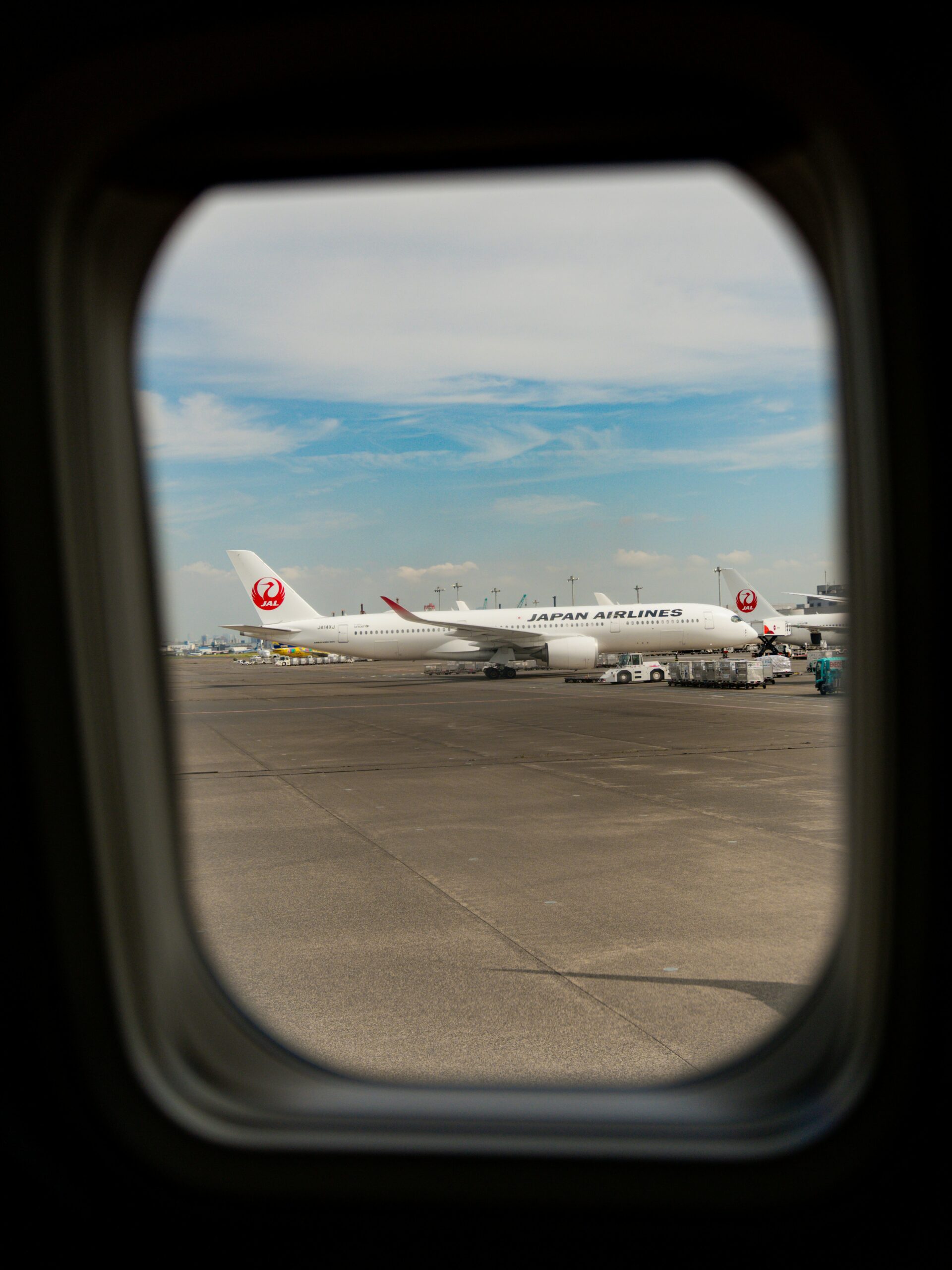

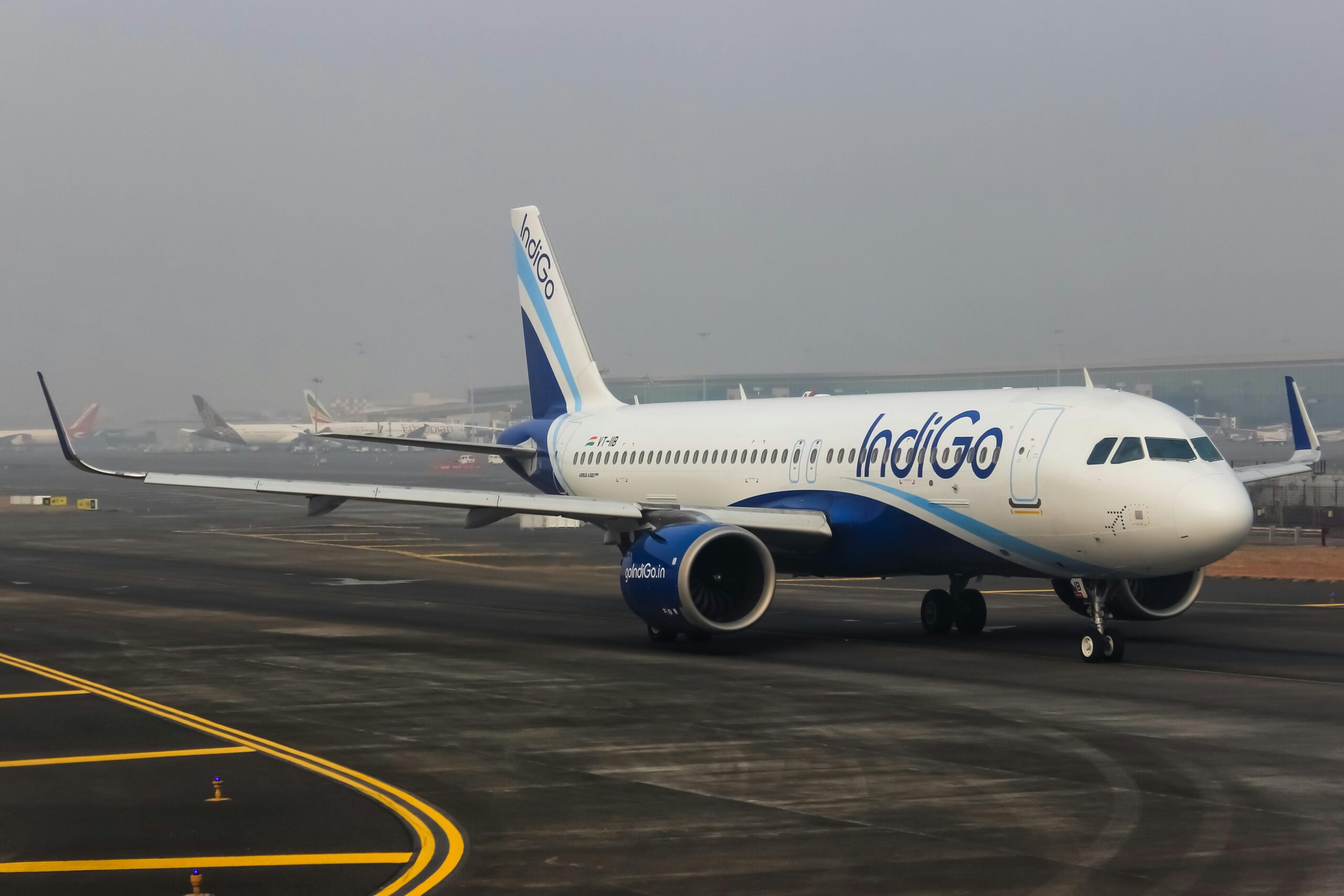
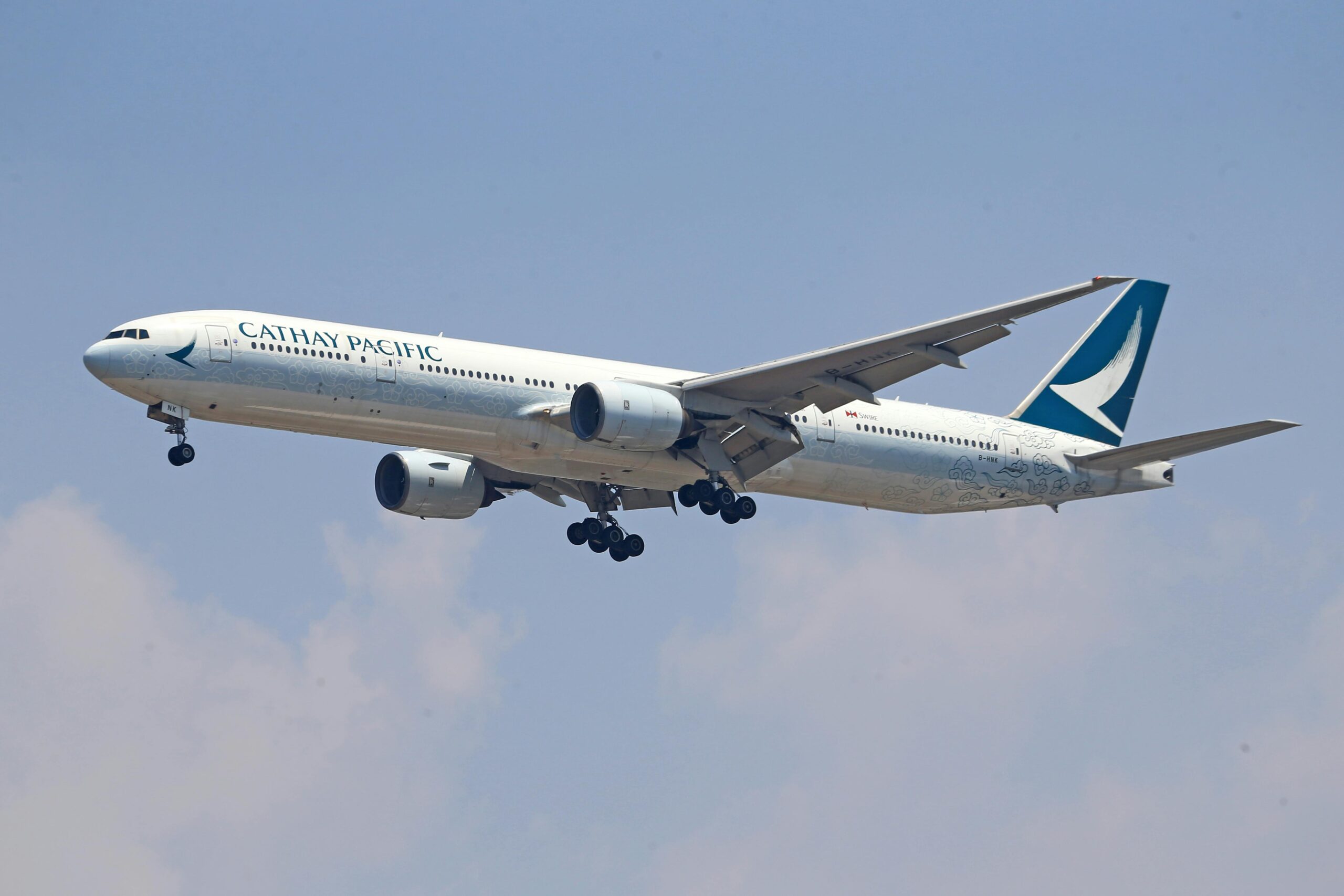

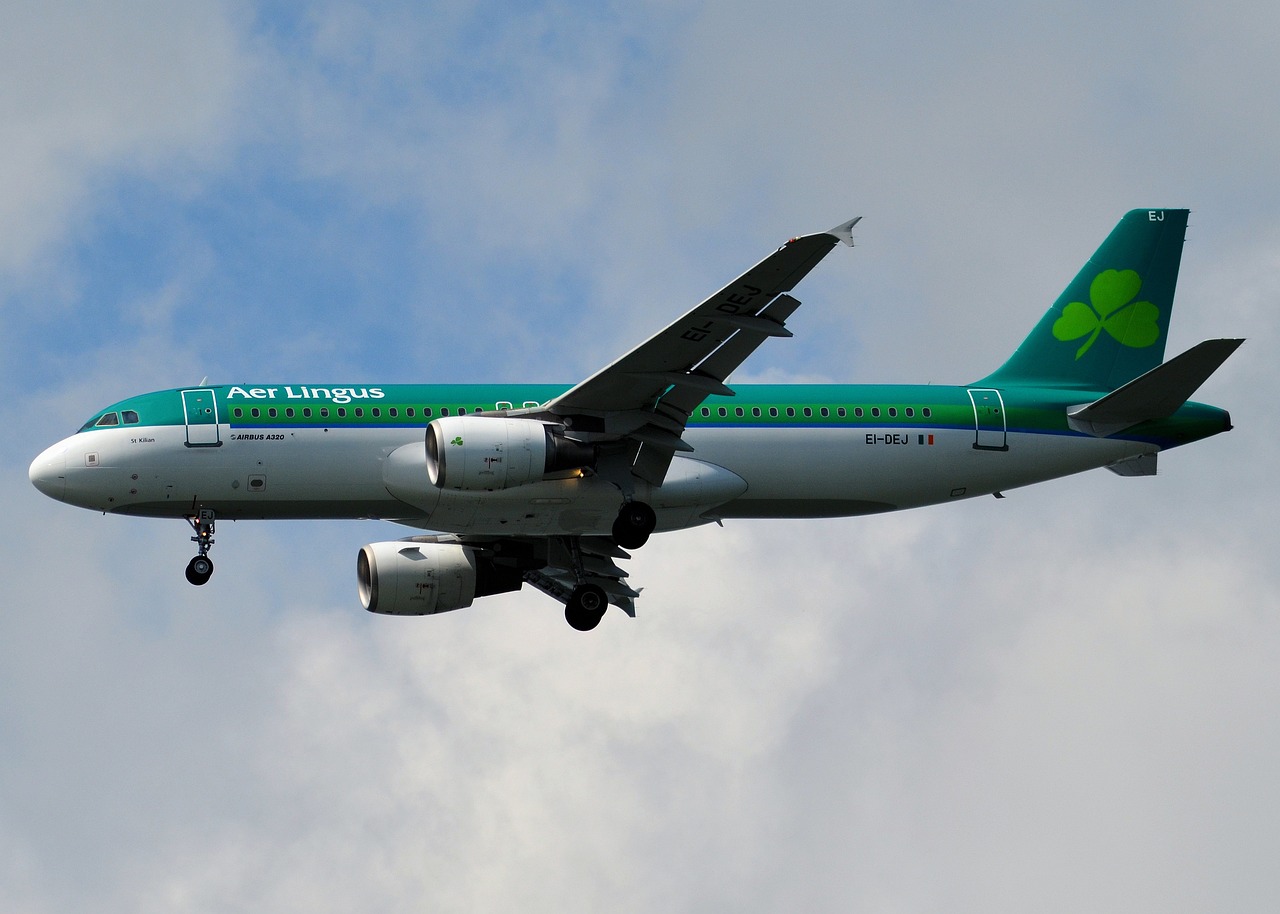
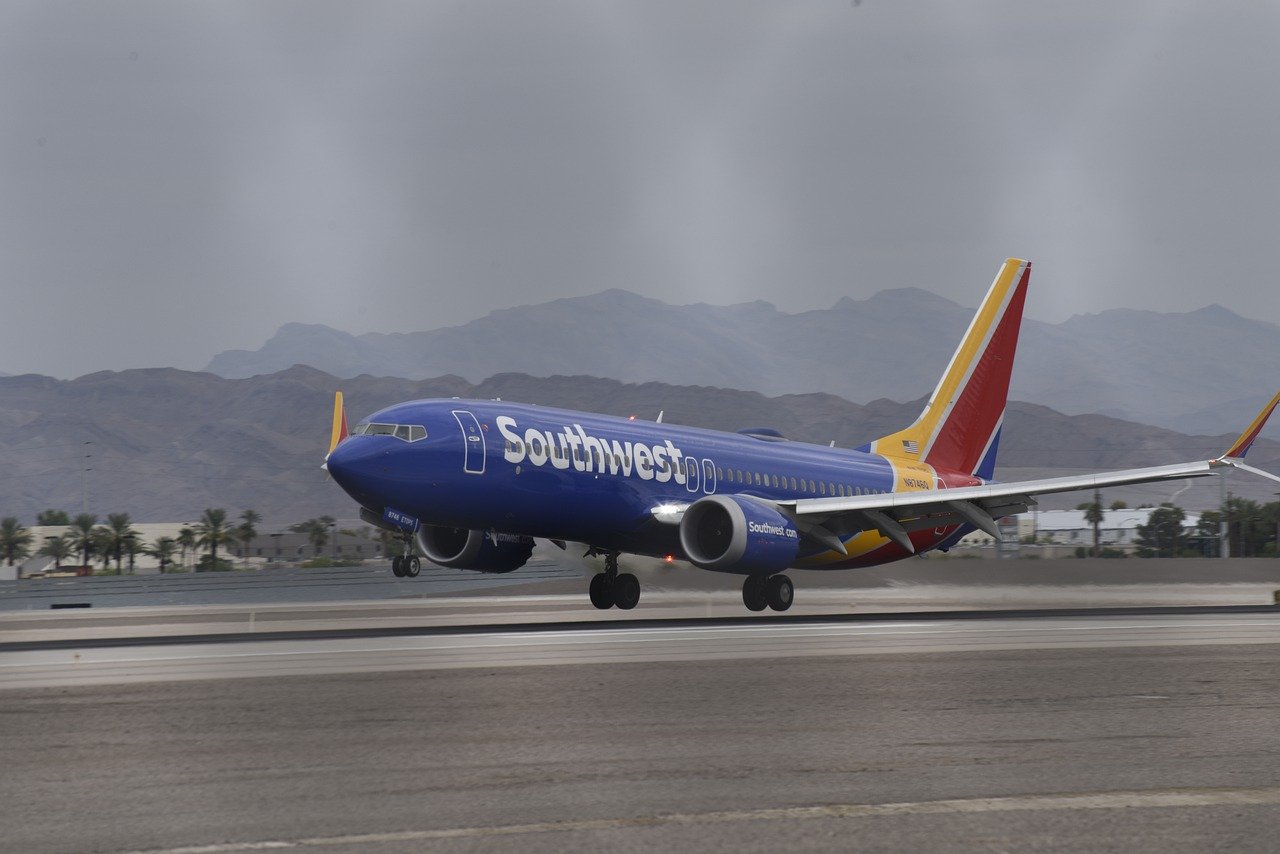

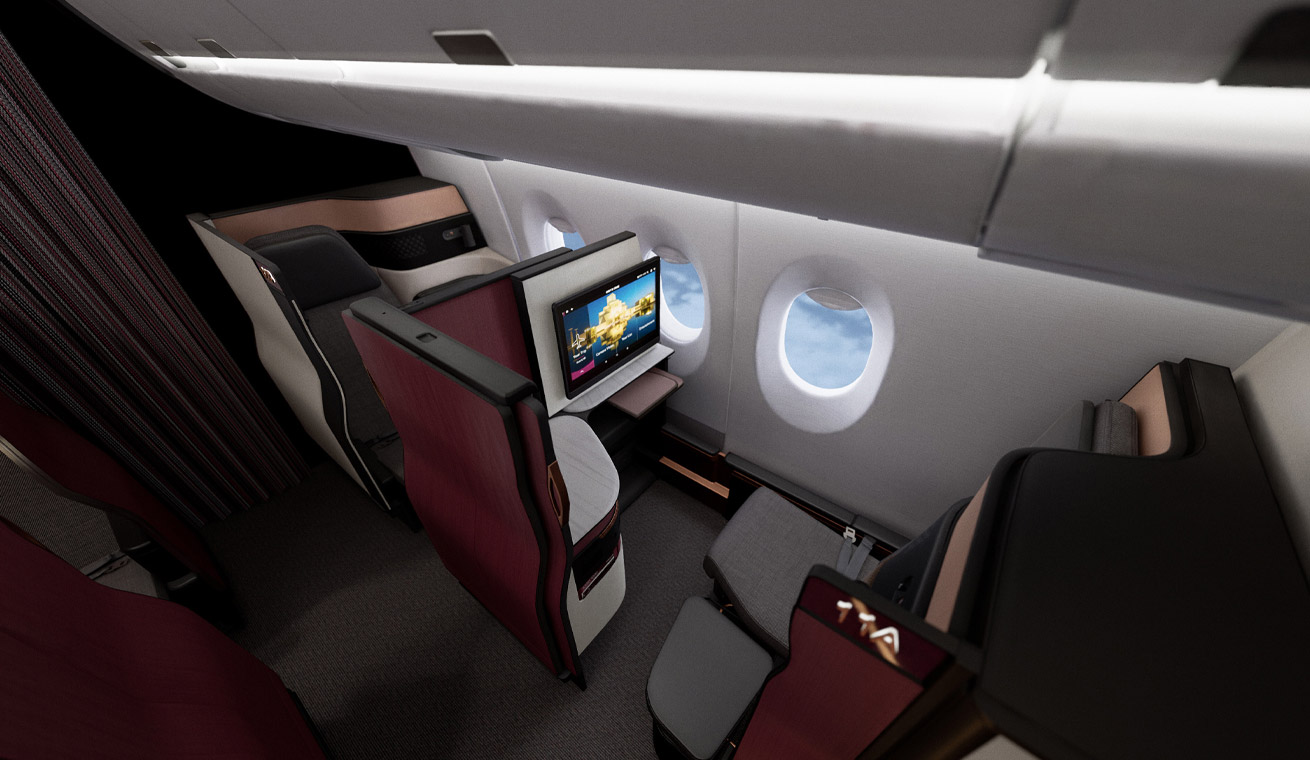


Leave a Reply